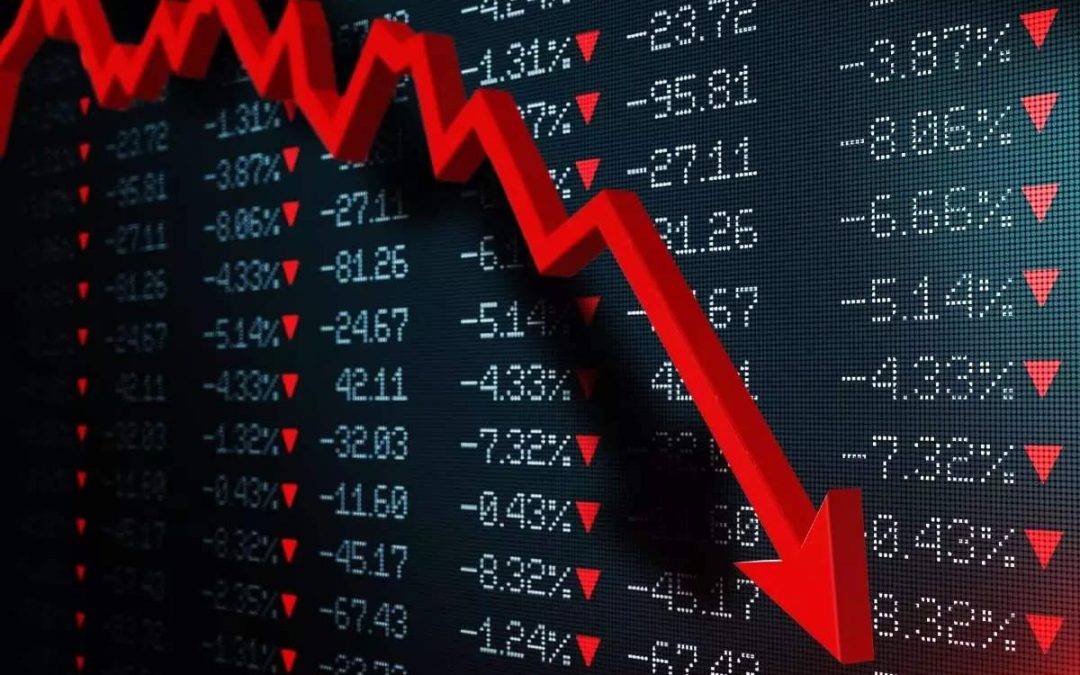The worst may be over for Indian oil marketing companies (OMCs) after a significant debt increase in the second quarter of the financial year ending March 2023 (2QFY23) on weak EBITDA from marketing losses, a depreciating rupee and high working-capital needs, Fitch Ratings says. We expect the marketing segment to turn profitable from FY24.
Retail losses from auto fuel prices that have been frozen for around six months amid elevated crude oil prices kept the OMCs’ profitability under pressure in 2QFY23. This was driven by losses on diesel sales, while losses on petrol sales moderated, despite a fall in average crude oil prices to USD98/barrel (bbl) in 2QFY23 from USD112/bbl in 1QFY23.
Fitch expects crude oil prices to fall to an average of USD96/bbl in FY23 and believes that the OMCs may not immediately cut auto fuel prices, allowing marketing margins to normalise and recoup some of the current losses. However, retail losses would still outweigh the strength in demand and refining margins in FY23, weakening the OMCs’ credit metrics to beyond their standalone credit profiles’ (SCPs) negative triggers.
We expect marketing margins and overall profitability to continue improving in FY24 as crude oil prices fall to Fitch’s assumption of USD80/bbl. This, along with lower working-capital needs and average mid-cycle refining margins, should drive an improvement in the OMCs’ credit metrics to levels closer to or better than the SCPs’ negative triggers.
However, a scenario of crude oil prices remaining high for longer than we expect may lead to mounting losses and escalating debt at the OMCs, pressuring their operations and SCPs. This could lead to a rethink in the government’s current approach to fuel price hikes, excise duties, and/or the need to provide relief to the OMCs, notwithstanding the competing priorities between the OMCs’ financial health and the government’s fiscal and inflationary pressures.
The government recently gave a one-time grant of INR56 billion each to Bharat Petroleum Corporation Limited (BPCL, BBB-/Stable) and Hindustan Petroleum Corporation Limited (HPCL, BBB-/Stable), and INR108 billion to Indian Oil Corporation Ltd (IOC, BBB-/Stable) to cover losses on liquified petroleum gas (LPG) sales, which is a regulated product. We believe the OMCs may seek government support to cover under-recoveries on diesel and petrol sales as well, although the fuels’ officially deregulated nature and presence of private fuel retailers may add to the complexities of any direct support.
The pace of deleveraging may also be affected if refining margins are lower than we expect due to a potential global recession and the risk of a regional oversupply, with China releasing large refined product export quotas recently.
Narrowing marketing losses and the LPG subsidies supported 2QFY23 EBITDA across the OMCs. However, HPCL’s higher share of marketing earnings still led to losses, with -INR13 billion EBITDA (1QFY23: -INR119 billion; FY22: INR97 billion). Its gross debt rose by 57% to INR707 billion from FY22, the biggest increase among the OMCs.
BPCL’s 2QFY23 EBITDA improved to INR20 billion from -INR49 billion in 1QFY23 (FY22: INR192 billion), while gross debt increased by 29% to INR724 billion. IOC posted EBITDA of INR34 billion (1QFY23: INR58 billion; FY22: INR471 billion), while debt increased by 22% to INR1,511 billion, the smallest gain among the OMCs.
The Issuer Default Ratings of IOC, BPCL and HPCL continue to be driven by their strong direct and indirect linkages with the state of India (BBB-/Stable) and high likelihood of support.
Source: Hellenic Shipping News






